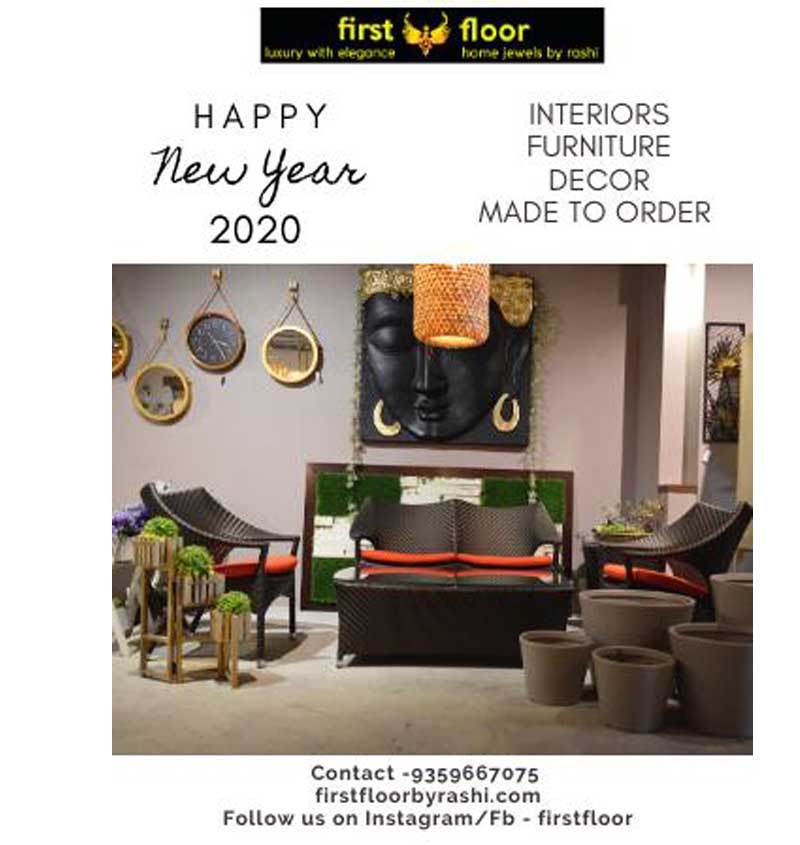What Is a Gallery Wall?
A gallery wall is an arrangement of artwork, photographs, prints, and objects displayed together on a wall, typically in a visually cohesive layout. While the concept has long been a fixture in museums and grand estates, modern interpretations in residential settings offer a more personal, intimate take—especially when layered with elements of the homeowner’s life journey.
Why Personal Narratives Matter
Design isn't just about how things look; it's about how they feel. A gallery wall infused with personal narratives can serve as a visual diary—celebrating milestones, memorializing loved ones, showcasing passions, and anchoring identity. Rather than a generic collection of prints, each piece becomes a chapter, contributing to a broader, emotionally resonant story.
Elements of a Narrative-Driven Gallery Wall
-
Photographs with Purpose
Family portraits, candid moments, travel snapshots—each image can tell a story. Choose photographs that mark important life chapters: the birth of a child, a memorable trip, or a quiet moment of joy. Black-and-white photos can lend a timeless quality, while color can be used to convey mood and vibrancy. -
Letters and Handwritten Notes
Old letters, recipe cards from grandparents, love notes, or even children’s handwriting can be framed and displayed. These add warmth and authenticity, capturing voices and sentiments that are deeply personal. -
Artwork with Meaning
Original works by loved ones, art collected from meaningful travels, or even children’s drawings can hold more personal value than mass-produced prints. A painting from a street artist in Paris or a sketch done during a pivotal life season can carry powerful associations. -
Objects and Keepsakes
Shadowboxes or floating frames can hold three-dimensional items like pressed flowers, ticket stubs, or jewelry. These tactile pieces bring texture and history to the wall, grounding it in tangible memory. -
Text and Typography
Quotes, poems, or phrases that hold significance can anchor a gallery wall both visually and emotionally. Consider integrating song lyrics from your wedding, a quote that guided you through hard times, or a phrase that defines your family’s ethos.
Designing for Flow and Emotion
While each element tells its own story, the arrangement should weave these narratives into a cohesive whole. Here are a few tips:
-
Curate with Intent: Don’t feel compelled to fill every space at once. Let your gallery wall evolve over time, just like your story.
-
Mix and Match Thoughtfully: Combine frames, materials, and styles to reflect the diversity of your memories—but keep a consistent color palette or theme to maintain harmony.
-
Create Anchors: Use a central, emotionally powerful piece to ground the arrangement. Build outward with smaller or complementary items.
-
Allow Breathing Room: Don’t overcrowd. Negative space lets each story breathe and be appreciated.
A Living Archive
Perhaps the most beautiful aspect of a narrative-driven gallery wall is that it can change as you do. As new memories are made, and as perspectives shift, your wall can be rearranged, added to, or completely reimagined. It becomes a living archive of your evolving identity—a story still in progress.
Final Thoughts
A gallery wall is more than just decoration; it's autobiography in visual form. When infused with personal narratives, it becomes a tribute to the life you've lived and the people and moments that have shaped you. In a world increasingly filled with digital snapshots and fleeting interactions, taking the time to physically frame and display our stories is a radical act of remembrance and connection.
So take a look at your blank wall—not just as a design challenge, but as an opportunity to share who you are. Because every picture, every letter, every object has a tale to tell. And together, they create a home that speaks volumes.



















Your Message